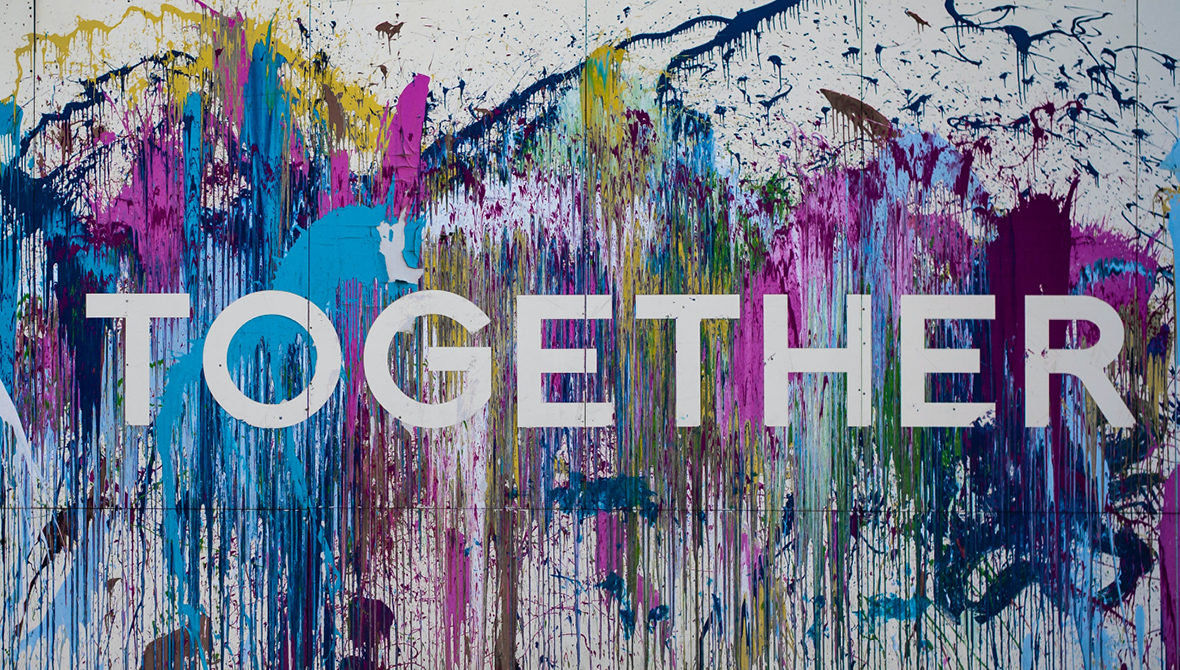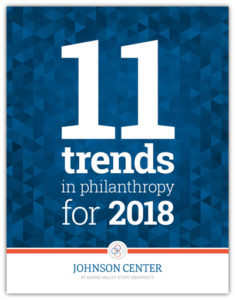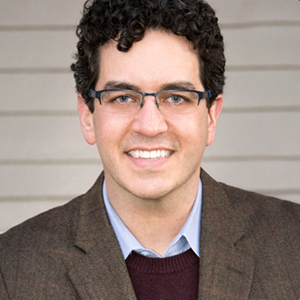Giving More by Giving Together


Download and read the full report, featuring all 11 trends, here.
 Across the field, we are witnessing a resurgence of collaborative giving — people pooling funds both large and small to affect change together. At one end of the spectrum, new research shows that giving circles and other collaborative giving groups (collectively referred to as GCs) have tripled in number since 2007. At the other end, almost weekly announcements greet us on the launch of a new funder collaborative, large pooled fund, or other major collaborative giving efforts.
Across the field, we are witnessing a resurgence of collaborative giving — people pooling funds both large and small to affect change together. At one end of the spectrum, new research shows that giving circles and other collaborative giving groups (collectively referred to as GCs) have tripled in number since 2007. At the other end, almost weekly announcements greet us on the launch of a new funder collaborative, large pooled fund, or other major collaborative giving efforts.
Collective giving has proven to be an effective way to democratize and diversify philanthropy. The 1600+ GCs operating in the U.S. today have together engaged over 150,000 individual donors since their launch and granted out an estimated $1.29 billion since their inception. Last year alone, they engaged over 46,000 people (mostly women) and granted out almost $30 million, a sum that represents the pooling of many small gifts, as most GC members contribute under $1,000 (Bearman et al, 2017). Similar growth of GCs has been evidenced globally, especially in Europe, Asia, and the Pacific islands (Harvey, 2016; John, 2017).
While data on the growth in large-scale collective giving has not been collected as extensively, the pattern of increasing collaboration remains clear. Major new collaborative efforts like the Rights Faith & Democracy Collaborative (RFDC), Co-Impact, and the Maverick Collective all highlight how foundations and wealthy individual donors are acknowledging the need to collaborate to effect change even when they have significant resources to give individually. RFDC builds on previous collaborative giving successes — like the Civil Rights Collaborative — and serves as a clear example of how collaborative funding can take on timely social change issues, in this case pushing back against the use of religious exemptions to curtail reproductive health, rights, and justice (Proteus Fund, 2017). Co-Impact on the other hand stands as a reminder that scaling change exceeds the capacity of individual funders, as major donors have pooled over $500 million in this collaborative to effect large-scale systems change globally (Wilson, 2017). Meanwhile, the Maverick Collective showcases the appeal of collective learning and community building, as it invites women to learn from one another as they invest a minimum of $1 million into innovative solutions for girls and women in the developing world (Greenhalgh, 2017).
Across all these examples, large and small, the power of collaborative giving remains a clear trend. As this drive to give together continues to build, expect to see more experimentation with collaborative structures, efforts to develop best practices and manage the costs of collaboration, and push back against the power that collaborative funds can wield in their specific issue fields. However, giving together is clearly a trend on the rise, with a clear appeal for donors to learn together, share risk, find community, and ultimately make a bigger impact with bigger collaborative investments.

Bearman, J., Carboni, J., Eikenberry, A., & Franklin, J. (2017). The landscape of giving circles/collective giving groups in the U.S. Grand Rapids, MI: Collective Giving Research Group. Retrieved from http://johnsoncenter.org/wp-content/uploads/2017/11/Giving-Circles-Research-Full-Report-1-WEB.pdf
Greenhalgh, H. (2017, May 2). Maverick Collective: royally rewarding. Financial Times. Retrieved December 6, 2017, from https://www.ft.com/content/cab10f74-24ed-11e7-a34a-538b4cb30025
Harvey, E. (2016). The Funding Network: Connecting need with resources to strengthen communities around the world. London: The Funding Network. Retrieved from http://bit.ly/2iFO1aR
John, R. (2017). Circles of influence: The impact of giving circles in Asia. Singapore: Asia Centre for Social Entrepreneurship & Philanthropy. Retrieved from http://bschool.nus.edu.sg/images/ACSEP/Research-Papers/2017/Entrepreneurial-Social-Finance-in-Asia-Working-Paper-6.pdf
Proteus Fund (2017). Description of the Rights, Faith & Democracy Collaborative. Retrieved from http://www.proteusfund.org/rfdc
Wilson, A. (2017, Nov 17). How billionaires are pooling assets for a new philanthropic fund. Forbes.com. Retrieved December 6, 2017, from https://www.forbes.com/sites/alexandrawilson1/2017/11/17/how-billionaires-are-pooling-assets-for-a-gates-led-philanthropy-fund